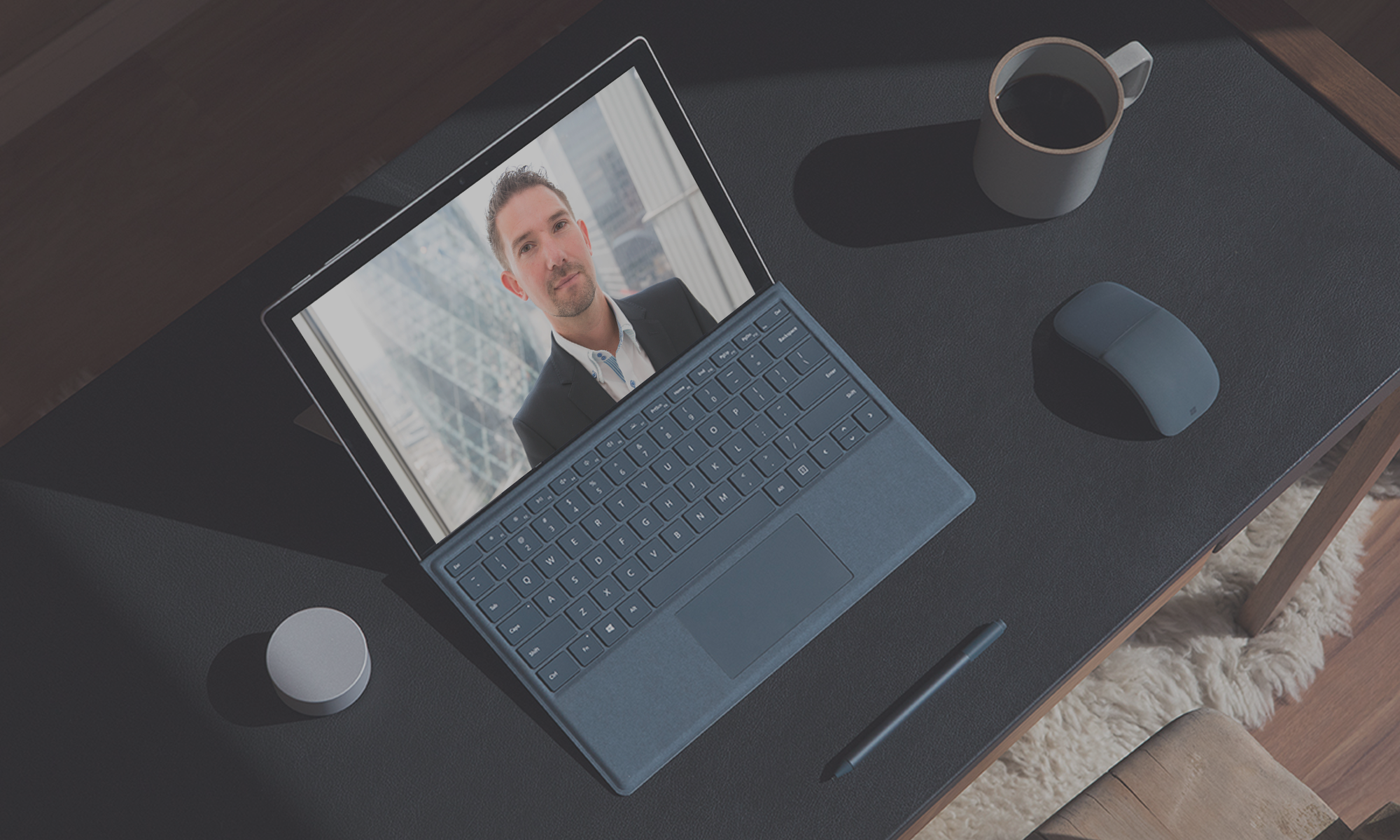On 24 August 1995, Microsoft launched Windows 95 with a level of hype that rivaled Hollywood blockbusters. Thirty years later, its legacy still echoes through every Start menu click and taskbar glance.

Windows 95 was built by a small, focused team led by Brad Silverberg. It shifted Microsoft away from segmented memory and interrupt-driven configuration to a more unified, user-friendly model. The move from 16-bit to 32-bit architecture was a game-changer for performance and stability…..
Their mission. “A PC on every desk and in every home”
Goodbye Command Line, Hello GUI
Before Windows 95, booting up a PC meant staring down a command prompt. Windows 3.x was a graphical layer on top of MS-DOS, but it still felt like a bolt-on. Windows 95 changed that. It booted straight into a graphical interface, wrapped MS-DOS and Windows into one cohesive product, and made computing feel intuitive—even friendly.
Backward compatibility with thousands of DOS and Windows 3.x programs made the transition smooth. Sure, it inherited some crash-prone quirks from its DOS roots, but for most users, it was a revelation

The Birth of the Start Menu and Taskbar
The icons that still define Windows today—the Start menu and taskbar—made their debut here. The Start button became the gateway to everything, even sparking confusion (“Shut down from Start?”). The taskbar introduced a new way to juggle multiple apps, leapfrogging Mac OS in usability.
Windows 95 merged MS-DOS and Windows into a single product, booting directly into a graphical interface. It introduce features made PCs accessible to the masses and laid the foundation for modern computing including:
- The Start menu and taskbar—still core to Windows today
- Windows Explorer for unified file and app management
- Plug and Play hardware detection, simplifying setup
- 32-bit architecture, improving performance and memory access
Windows Explorer and Desktop Revolution
Windows Explorer unified file and application management, replacing the fragmented experience of Windows 3.x. It introduced right-click context menus, the Recycle Bin, file shortcuts, and a desktop that behaved like a folder. Suddenly, your PC felt like a workspace, not a maze.
FreeCell and the Rise of Casual Gaming
Games were now bundled with Windows 95. FreeCell wasn’t just a game—it was a gateway for casual gaming to promote gaming in the modern OS. With 32,000 solvable puzzles, it kept users hooked for years. Solitaire and Minesweeper had paved the way, but FreeCell made it personal 😂
Arrival of the Internet Arrives (Sort Of)
OK, so the first retail version didn’t include a browser, but it did feature MSN—Microsoft’s answer to CompuServe and Prodigy. Internet Explorer arrived later that year, bundled into OEM releases. That move triggered antitrust alarms, but it also marked the beginning of the browser wars…. Microsoft were forced to allow choice over others browers… It kinda felt unfair and Microsoft (after killing Netscape) were forced!
Marketing That Made History
Microsoft spent $300 million on the launch campaign, licensing the Rolling Stones’ “Start Me Up” and hosting a global satellite event with Jay Leno. It was software marketing on a scale never seen before—and it worked. One million copies sold in the first week. Forty million in the first year.
Windows 95 wasn’t perfect, but it was pivotal in the history of Windows. It redefined what a PC could be—accessible, powerful, and personal. And 30 years later, its legacy still lives on every time we click “Start.”
30 years later…
Microsoft ended mainstream support for Windows 95 on 31 December 2000, with extended support ending a year later. Yet its DNA lives on in every version of Windows since.
Windows 95 is remembered not just as software, but as a cultural milestone. It democratized computing, shaped careers, and defined an era. Even today, its interface principles guide modern OS design—from Windows 11 to mobile platforms.

